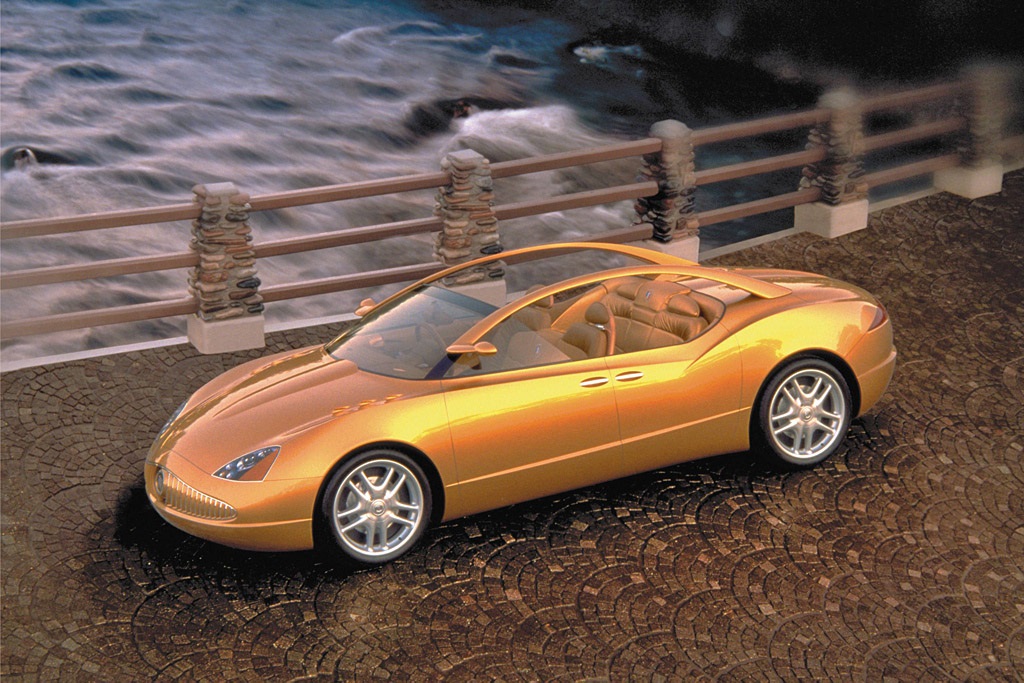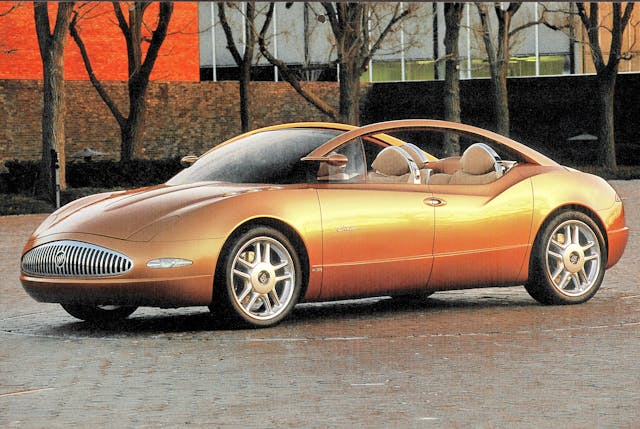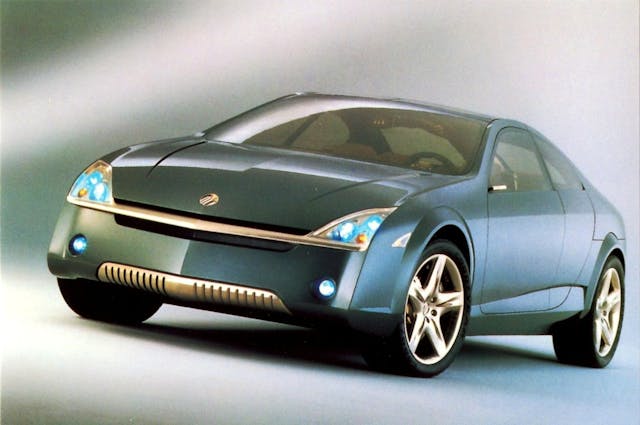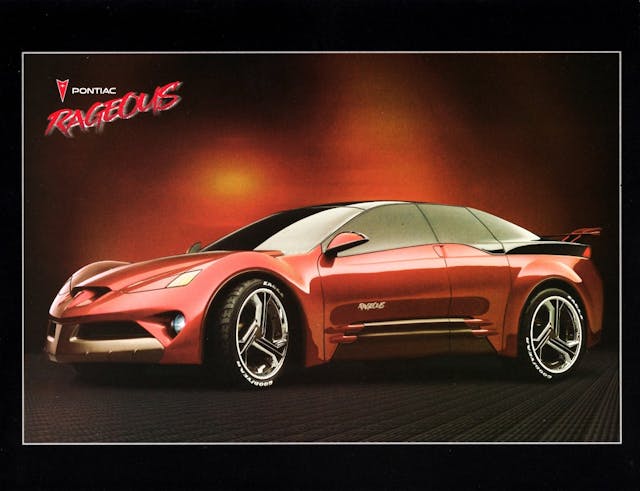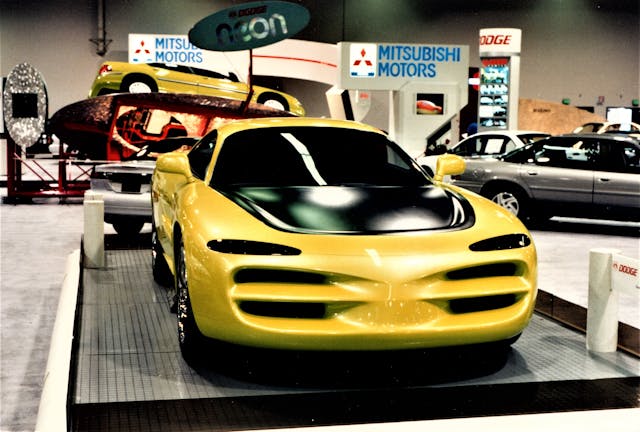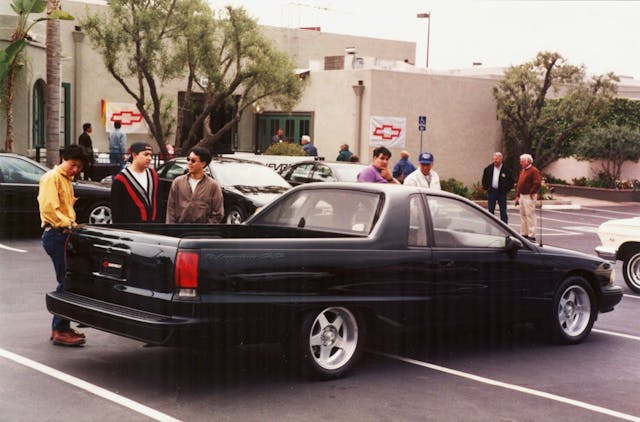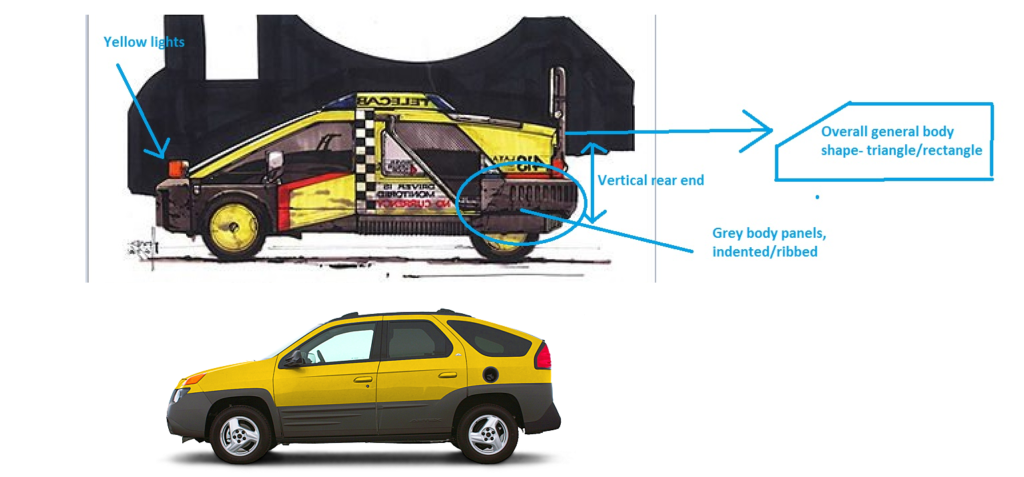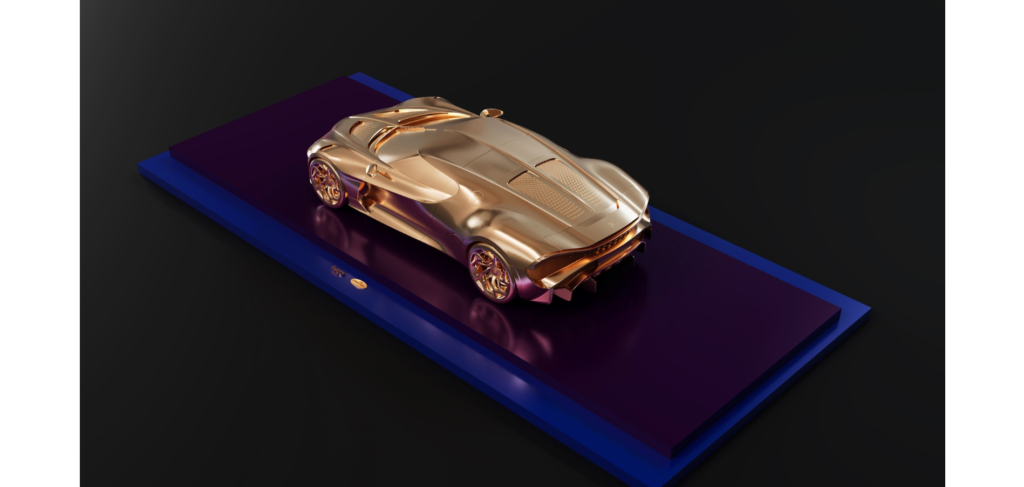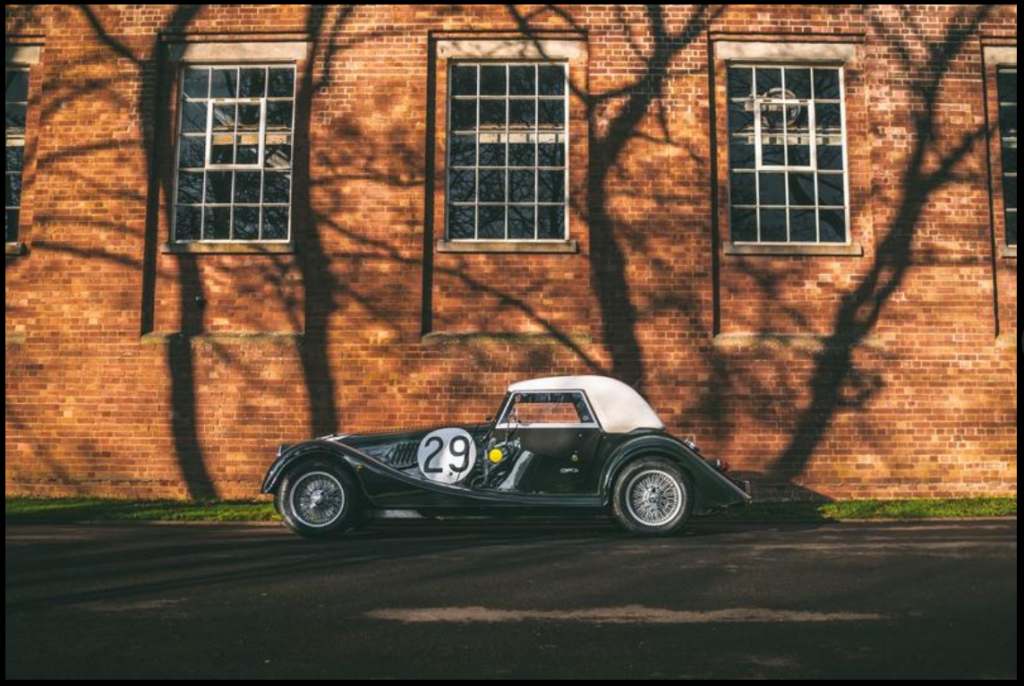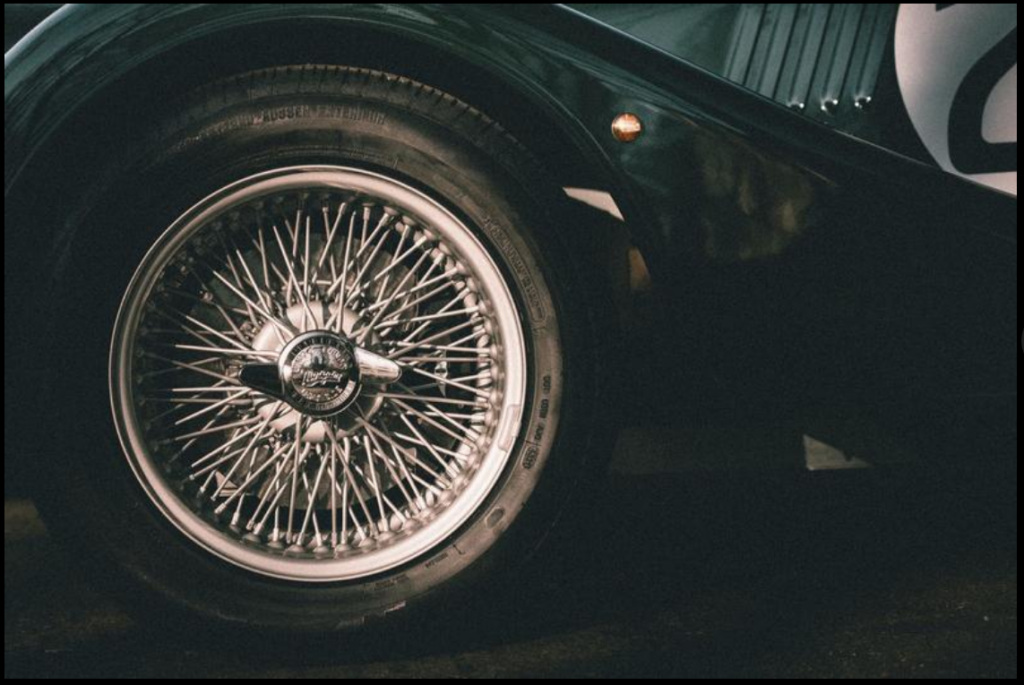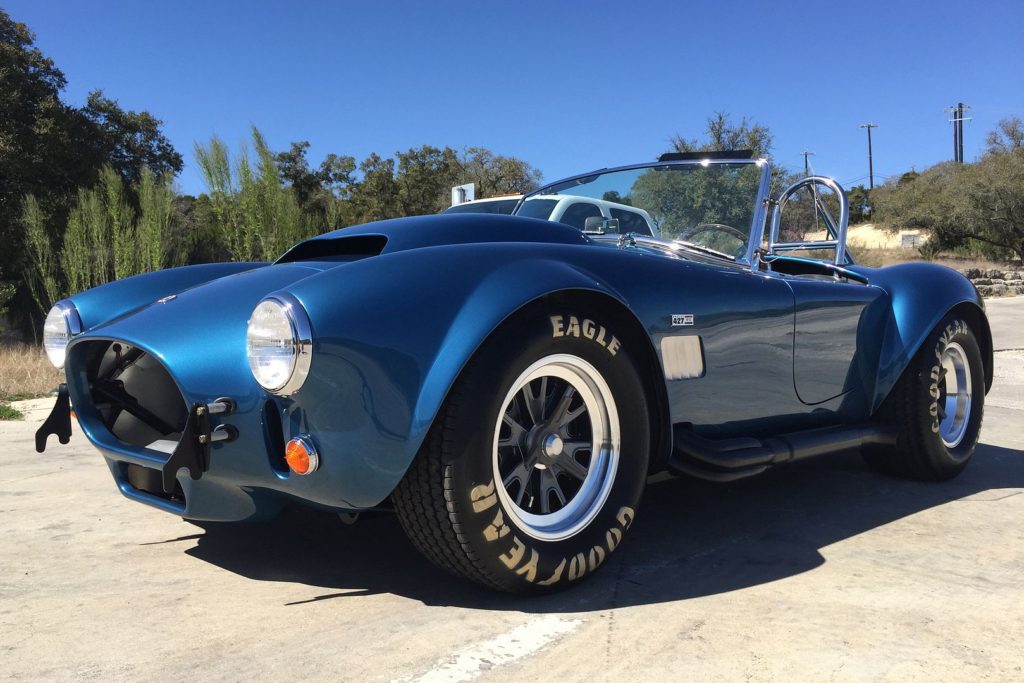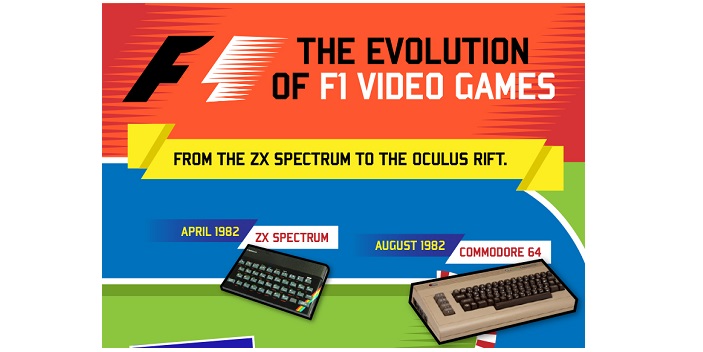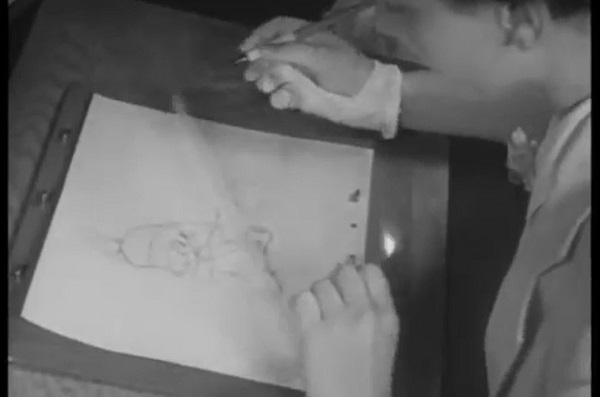Take this 2005 Porsche Carrera GT for example:
Lot 214 |Monterey Jet Center 2024 Thursday, 15 August 2024
| 2005 Porsche Carrera GT Lot 214 Estimate: $1,100,000 – $1,300,000 USD/ $1,509,000 CAD- $1,704,000 CAD Illustrative Hammer: $1,100,000 USD/ $1,509,000 CAD Illustrative Purchase Price*: $1,215,000 USD/ $1,667,000 CAD Down Payment: $500,000 USD/ $686,100 CAD Amount Financed: $715,000 USD/ $981,000 CAD Monthly Payments**: $7,299 USD/ $10,015 CAD |











































































Highlights of this supercar include:
- A desirable single-owner example offered with less than 23,643 documented miles at the time of cataloging
- One of just 477 produced for the U.S. market in 2005
- Finished in classic Communication Colors of GT Silver exterior over Ascot Brown leather interior
- Unmodified and offered with four pieces of its factory luggage set and other delivery accessories
- Features servicing and maintenance by a single authorized Porsche dealer
- One of the most collectible Porsche models ever produced
Chassis No. WP0CA29875L001120
Porsche seldom exits a motorsports arena without a taste of triumph. Yet, in 1991, an exception proved the rule as Porsche ventured into Formula One, supplying engines to the Footwork-Arrows team with their newly developed 3.5-liter naturally aspirated V12. This engine, essentially a combination of two TAG-Turbo V6s from Porsche’s McLaren days proved cumbersome and prone to reliability issues. Midway through the season, Footwork-Arrows terminated their contract with Porsche due to these setbacks.
Undeterred, Porsche embarked on a solitary path of refinement over the subsequent three years, nurturing the engine’s potential through advancements in technology and engineering. Eventually, they succeeded in transforming it into a robust and potent V12 powerplant. This worthwhile endeavor of internal engineering spurred Porsche to further explore Formula One’s evolving regulations, resulting in the development of a 3.5-liter V10 engine—purely as an educational pursuit. Later iterations saw this V10 engine grow to 5.5-liters and find application in Porsche’s LMP2000 sports racing prototype, codenamed Typ 9R3 and conceived for the prestigious 24 Hours of Le Mans. Despite its initial promise, the LMP2000 project met an untimely demise, leaving the formidable V10 engine temporarily abandoned until a pivotal turn of events.
Porsche’s engineers were fervently engaged in another ambitious project—the Carrera GT prototype, internally referred to as SCM (Super Car Millennium).
Housed in Huntington Beach, California, a select team of designers undertook the task of bringing SCM to life. In a nod to its showpiece stature, the decision was made to equip this extraordinary prototype with the same 5.5-liter V10 engine originally developed for the 9R3 project. So fantastic was the reaction to the prototype driven along the Champs-Élysées to the 2000 Paris Motor Show that the approval of a production version was a foregone conclusion.
Commencing in 2003, the Carrera GT swiftly became the quintessential analog supercar of its era. Embracing a back-to-basics philosophy, in stark contrast to its technologically intricate predecessor, the 959, the Carrera GT boasted a raw engineering ethos. Its naturally aspirated 5.7-liter V10, renowned for its rapid revving capability, paired seamlessly with a six-speed manual transmission nestled within a carbon fiber monocoque chassis. Eschewing electronic driving aids, the Carrera GT epitomized a driver-centric experience, delivering unrivaled auditory and performance thrills akin to those found on the racetrack. Produced for a short two years, just 644 Carrera GTs were sold through U.S. Porsche dealerships
This 2005 Carrera GT was constructed in the final year of production and was delivered new to Howard Cooper Porsche of Ann Arbor, Michigan with a purchase date noted in the service book as 22 December 2004 with 15 delivery miles/ 24 kms. Selected with XT Bucket Seats and finished in the Carrera GT’s official Communication Color of GT Silver Metallic over an Ascot Brown leather interior, this fantastic single-owner example features a clean CARFAX and, at time of cataloging, less than 24,000 miles/ 38,624 kms. GT Silver was a long-held bespoke color for the Carrera GT and certainly one of the most popular, echoing those giant-killing RS Spyders of the late 1950s and ’60s.
According to its CARFAX and ownership records, this Carrera GT features servicing while under single ownership by the consignor at Howard Cooper Porsche, later known as Germain Porsche and now Porsche Ann Arbor. One of the many benefits of a single-owner super sports car such as this is the familiarity between the official Porsche dealer and owner and the expected elevated level of trust between the two. Twenty visits to the selling dealer over the 19 years have ensured that this Carrera GT has remained in regular hands during those service visits, remaining at the ready for those special Michigan days that offer the most to both car and driver. Partial service records on file show a Major Maintenance in 2009 with a new windshield at 10,739 miles and two recorded maintenance visits in 2015 and 2017, the latter being a two-year service visit. Furthermore, it should be noted that all services have been conducted at the original selling dealer, Porsche Ann Arbor.
Offered with service records on file dating from 2007 to 2020, this single-owner Carrera GT is accompanied by an impressive number of delivery items including its original window sticker, owner’s manuals, hard top panel bags, centerlock socket, tools, and factory fitted indoor car cover. Furthermore, all Carrera GTs were delivered with a set of factory fitted luggage by Ruspa of Italy, color-coordinated to the selected interior color of the car. Over the years many of these sets have become disassociated with their cars, yet this Carrera GT retains a nearly complete set in Ascot Brown—an additional, and welcome benefit.
Created by specialist teams with a narrow focus and cloaked in secrecy, with little interference from the corner offices, the Porsche Carrera GT is an exquisite example of race-honed engineering brought to life on the road. Never before offered for sale, this single-owner Carrera GT, number 455, should make an enjoyable addition to those in search of the finest motorsport-derived super sports car of the 2000s. Just as Porsche intended. For the Silo, Jakob Greisen.
Internet bidding is not available for this lot. Please contact bid@broadarrowauctions.com for more information.




